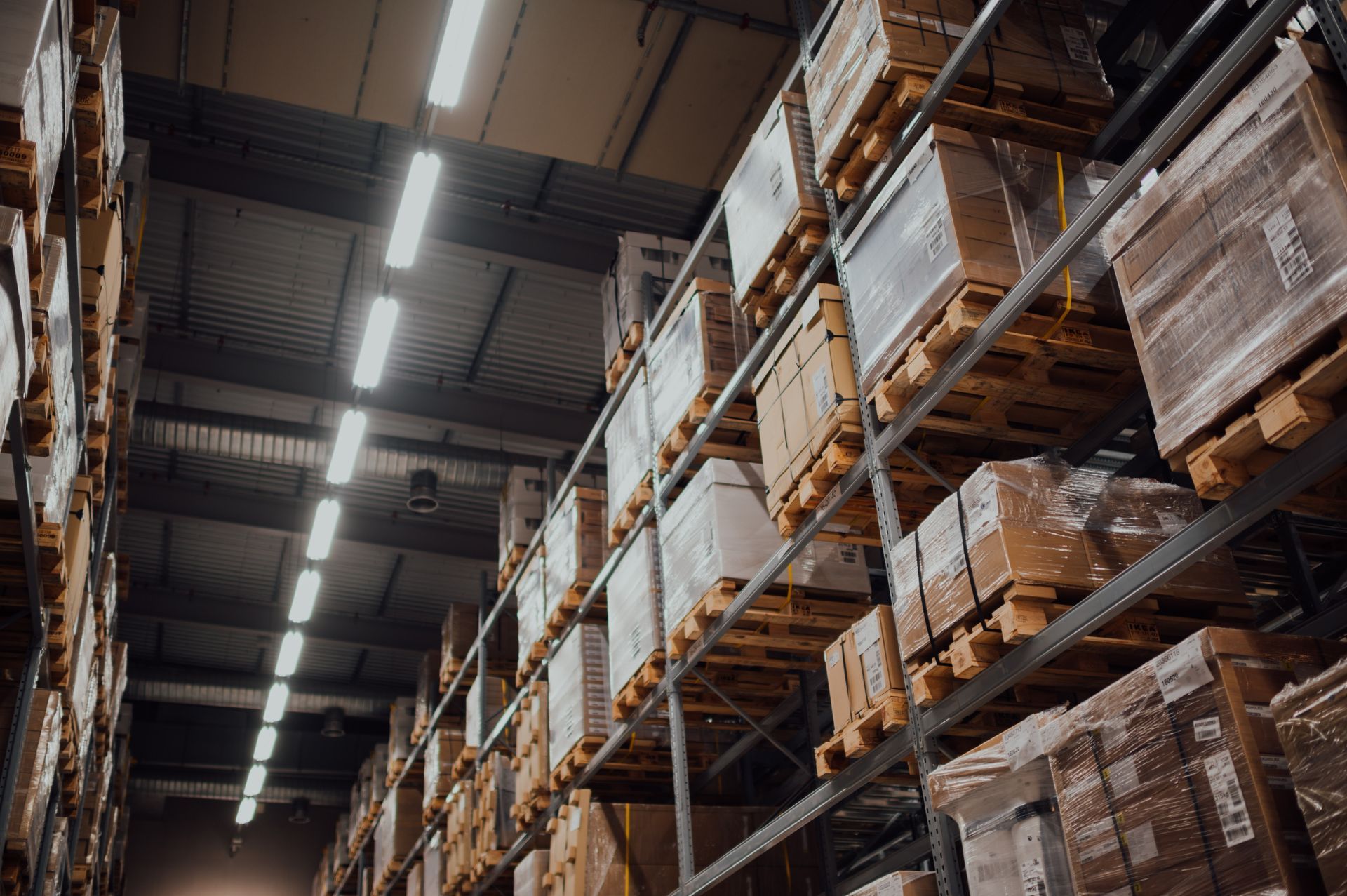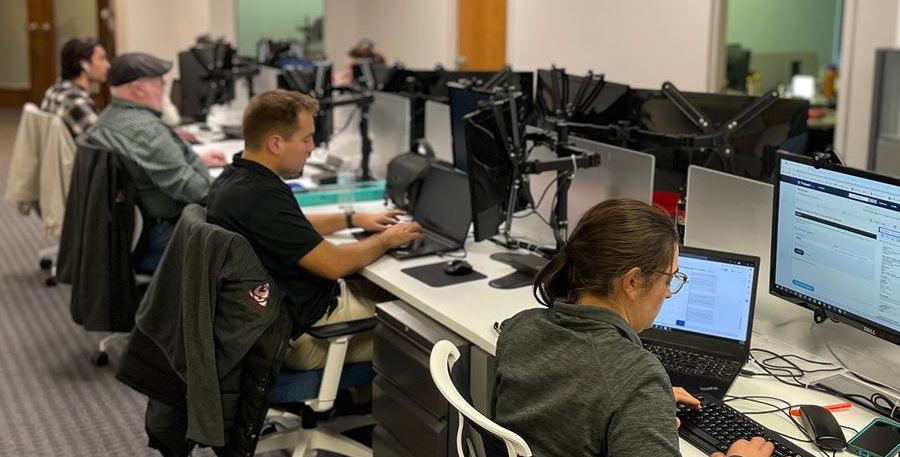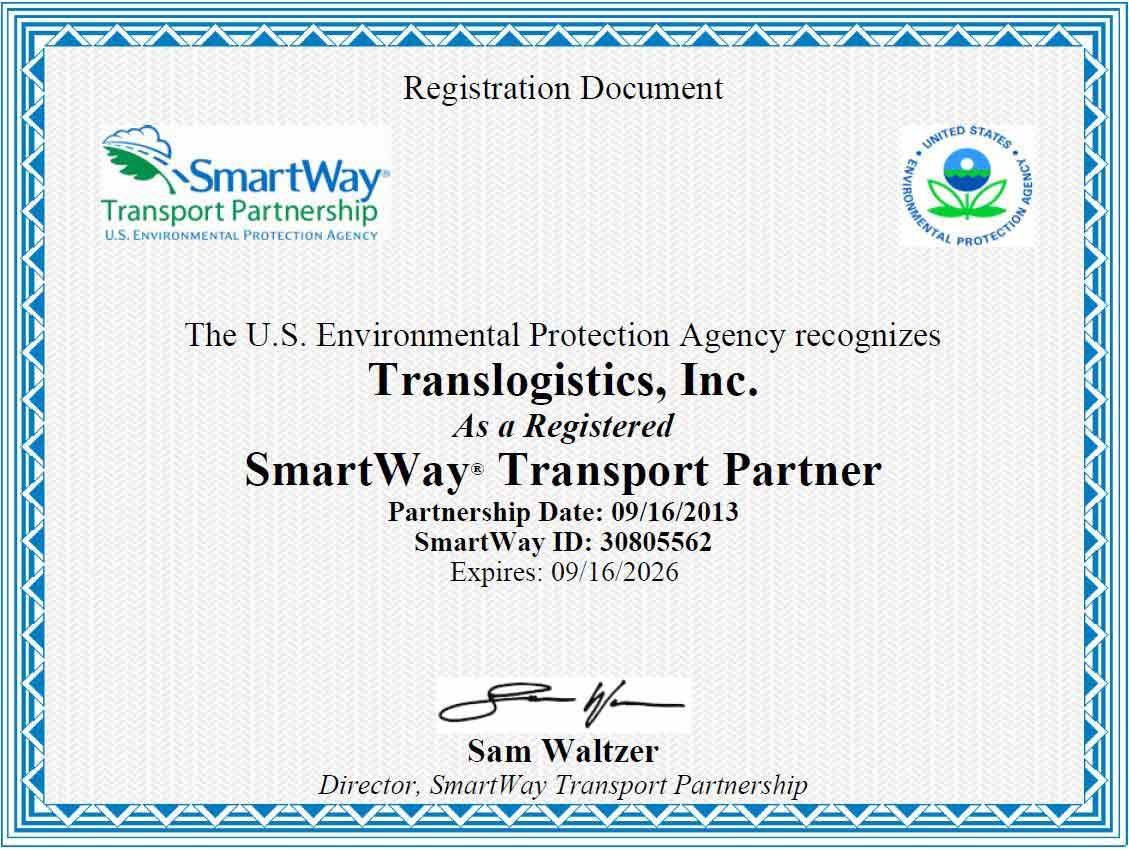Reverse Logistics
What is Reserve Logistics?

Reverse Logistics
Reverse logistics is the process of managing the flow of goods, and resources from the point of consumption to the point of origin for the purpose of recapturing value or for proper disposal. Common examples would be consumer returns or the recycling of batteries, toner cartridges or specialized packaging material. In other words, it is the opposite of the traditional supply chain process, which involves the movement of goods from the point of origin to the point of consumption.
Reverse logistics has become increasingly important in recent years as businesses and consumers alike have become more environmentally conscious. By properly managing the reverse flow of goods, businesses can reduce waste and save on disposal costs, while also creating opportunities for product refurbishment and remanufacturing.
There are several key components of reverse logistics, including the collection and transportation of returned goods, the evaluation and sorting of these goods, and the disposal or reuse of the materials. The goal of reverse logistics is to minimize the environmental impact of the supply chain and to maximize the value of returned goods.
One example of reverse logistics in action is the process of product returns. When a customer returns a product to a retailer, the retailer must then manage the return and determine the next steps. This may involve inspecting the product to determine if it can be resold, repairing the product if necessary, or disposing of the product if it cannot be salvaged.
Another example is the recycling of materials. Many companies have implemented programs to collect and recycle products at the end of their lifecycle, such as unique packaging material, toner cartridges and electronic devices. This not only helps reduce waste, but it can also save money for the company.
Overall, reverse logistics plays a crucial role in today's economy by helping to reduce waste, save on disposal costs, and create opportunities for the reuse of materials. By properly managing the reverse flow of goods, businesses can benefit the environment, and improve their bottom line.
Looking for additional information on TLI?
TLI Insights
Get the latest logistics insights and tips from TLI's award-winning team. Stay ahead in transportation planning.
Questions? Email us at marketing@shiptli.com



